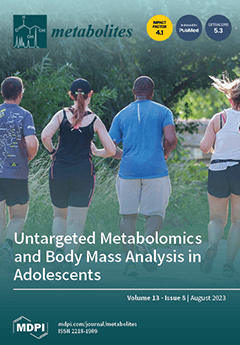Luria–Bertani broth (LB) culture medium is a commonly used bacterial culture medium in the laboratory. The nutrient composition, concentration, and culture conditions of LB medium can influence the growth of microbial strains. The purpose of this article is to demonstrate the impact of
[...] Read more.
Luria–Bertani broth (LB) culture medium is a commonly used bacterial culture medium in the laboratory. The nutrient composition, concentration, and culture conditions of LB medium can influence the growth of microbial strains. The purpose of this article is to demonstrate the impact of LB liquid culture medium on microbial growth under different sterilization conditions. In this study, LB medium with four different treatments was used, as follows: A, LB medium without treatments; B, LB medium with filtration; C, LB medium with autoclaving; and D, LB medium with autoclaving and cultured for 12 h. Subsequently, the protein levels and antioxidant capacity of the medium with different treatments were measured, and the effects of the different LB medium treatments on the growth of microorganisms and metabolites were determined via 16s rRNA gene sequencing and metabolomics analysis, respectively.
Firmicutes and
Lactobacillus were the dominant microorganisms, which were enriched in fermentation and chemoheterotrophy. The protein levels and antioxidant capacity of the LB medium with different treatments were different, and with the increasing concentration of medium, the protein levels were gradually increased, while the antioxidant capacity was decreased firstly and then increased. The growth trend of
Bacillus subtilis,
Bacillus paralicheniformis,
Micrococcus luteus, and
Alternaria alternata in the medium with different treatments was similar. Additionally, 220 and 114 differential metabolites were found between B and C medium, and between C and D medium, which were significantly enriched in the “Hedgehog signaling pathway”, “biosynthesis of plant secondary metabolites”, “ABC transporters”, “arginine and proline metabolism”, and “linoleic acid metabolism”. LB medium may be a good energy source for
Lactobacillus growth with unsterilized medium, and LB medium filtered with a 0.22 μm filter membrane may be used for bacterial culture better than culture medium after high-pressure sterilization. LB medium still has the ability for antioxidation and to keep bacteria growth whether or not autoclaved, indicating that there are some substances that can resist a high temperature and pressure and still maintain their functions.
Full article
 to open them.
to open them.





